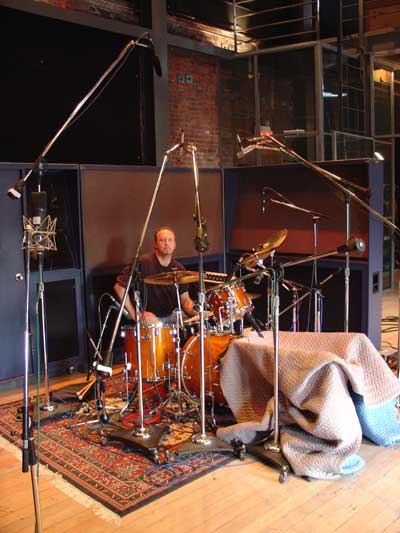Studio Drummer – What Do I Bring (Continued)
*IT IS VERY DIFFICULT DUE TO IT’S LEVEL OF PERFECTION, IT’S AMAZING CONSISTENCY IN TIME, BEAT PLACEMENT, STROKE WEIGHT AND PART DEVELOPMENT.*
If I hear JR Robinson based out of LA I can immediately tell that it’s him.
Or if I hear Paul Leim based out of Nashville I can also immediately tell that it’s him. These are 2 studio drummers that you should listen to.
But don’t simply listen to them. Study every nuance of their playing styles.
Even on seemingly simple studio tracks they both have such signature styles evident not only in their fills but in their use of the hi hat, their signature grooves, the weight and use of the bass drum and their use of space, the synthesis of their style in general.
Also both of these great session drummers go back to the pre-editing pro-tooled drum tracking sessions as well. Drummers in the modern era can somewhat cheat as I’ve mentioned previously. Drum tracks are so easily manipulated and corrected now by computer that you can’t even tell if the drummer truly does have great time or not.
However these 2 drummers could play a full take in the pre-editing days to such a level of perfection that it almost boggles the mind! Yet their distinctive signature is always very self evident!
*BEING A GREAT SESSION DRUMMER IS AN EXERCISE IN SUBTLETIES.*
Understanding how to use each individual instrument that makes up the drum kit and using it in a way that sets you above and apart is the benchmark that is strived for. But again the great rule applies!
Stay tuned for more…






